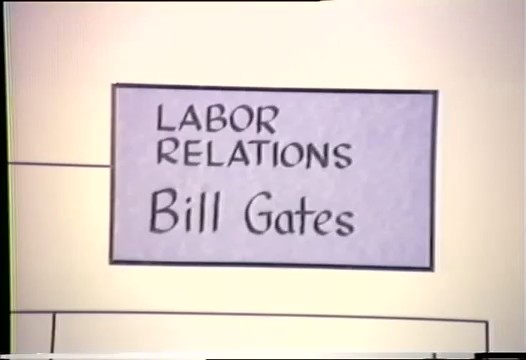City Light south service center, 1998
Photo: Seattle Municipal Archives/Flickr
Seattle has always been technologically ahead of its time. When the Seattle Electric Light Company launched the first incandescent lighting system west of the Rockies in 1886, the lightbulb was only seven years old.
City officials at Cedar Falls, 1902
Photo: Seattle Municipal Archives/Flickr
James Delmage (J.D.) Ross is known as the Father of Seattle City Light. Ross helped design and build the power plant at Cedar Falls on the Cedar River. He also can be credited for the hydroelectric project on the Upper Skagit River, which provides 40 percent of Seattle’s electricity. Ross Lake and Ross Dam on the Skagit are named in his honor. Ross is fourth from the left in this photo.
City Light Underground Service truck, 1917
Photo: Seattle Municipal Archives
In 1905, Seattle voters authorized the city to take over the private Seattle Electric Company’s street lighting system. By 1910, a charter was amended to create a new light and power department, later called City Light.
Gorge Dam site, 1919
Photo: Seattle Municipal Archives
The Gorge Dam and powerhouse was built first for a total cost of $13 million. In 1924, the generators began transmitting power 100 miles to Seattle, after President Calvin Coolidge started them from the White House by pressing a golden key, reports HistoryLink.
Workers at Diablo Powerhouse, 1931
Photo: Seattle Municipal Archives
Next, Ross began the Diablo Dam project. Private energy firms tried to take him down, labeling his idea of a publicly-owned utility as socialism in action. Ross was fired by the Seattle mayor, but Seattle voters disagreed. They had a special election and threw out the mayor for someone who would rehire Ross. Diablo Dam began producing electricity in 1936.
Skagit Tours bus on Diablo Dam, 2004
Photo: Seattle Municipal Archives
Beginning in the 1920s, Seattle City Light offered tours of its hydroelectric dams to promote public support of the project. The tours continued for many years.
City Light display window, 1938
Photo: Seattle Municipal Archives
The City Light office building was located at 3rd and Madison downtown. Seattle was thrilled to put some light on the subject.
City Light bowling team, 1946
Photo: Seattle Municipal Archives
People were so excited to use and work for City Light that they had parties, joined teams and made parade floats. Here is an excerpt of a poem written by Carlton Fitchett in 1945 to glorify City Light: “He dreamed of dams and power plants that run the household gadget, and when the kid outgrew his pants they moved him to the Skagit. Where torrents swollen by the rain engaged in awesome frolics, he grabbed white horses by the mane and tamed them with hydraulics.”
City Light display, 1940
Photo: Seattle Municipal Archives
Both public and private power (for home appliances, etc.) were supplied to Seattle until 1951 when the City purchased the private electrical power supply operations, making the Lighting Department the sole supplier.
City Light billboard, 1968
Photo: Seattle Municipal Archives
By the 1960s, City Light had upped their advertising game with bright flashy billboards.
City Light Power Control Center, 1968
Photo: Seattle Municipal Archives
They had a slick headquarters and many Mad Men-esque employees.
Pavilion of Electric Power at World’s Fair, 1962
Photo: Seattle Municipal Archives
During the 1962 Seattle World’s Fair, they celebrated City Light with an Electric Power Pavilion including a 40 foot-high fountain made to look like a hydroelectric dam, with the entrance to the pavilion through a tunnel in said “dam.”
Clip from City Light Administrative Services Division orientation film, 1978

City Light Zoo at Wallingford Kiddie Parade, 1983
Photo: Seattle Municipal Archives
In the 1980s, they brought this terrifying looking group of City Light staff and zoo animals to the Wallingford Kiddie Parade to promote energy conservation.
By the early 21st century, approximately ten percent of City Light’s income came from the sale of surplus energy to customers in the Northwest and Southwest, with the remainder of City Light’s financial support coming from customer revenue.



















